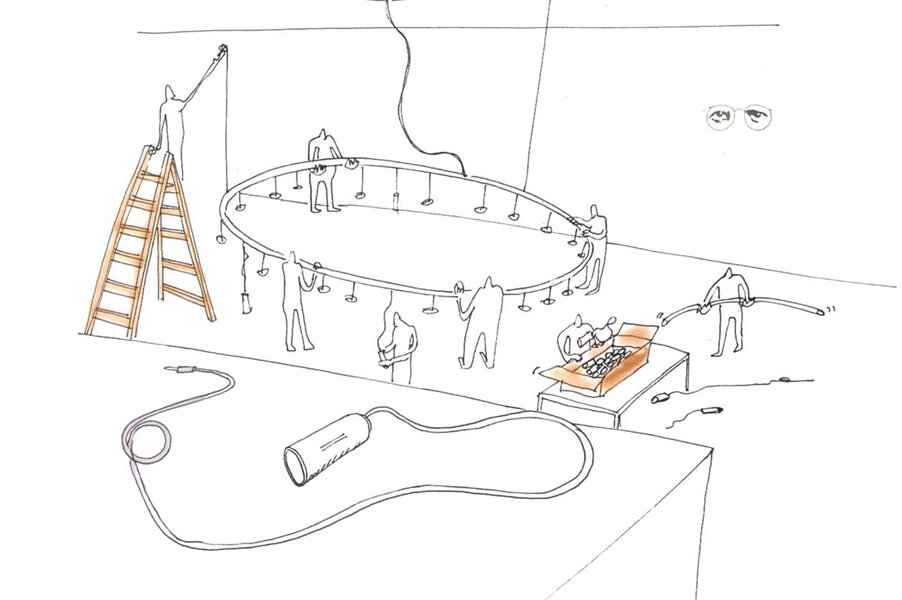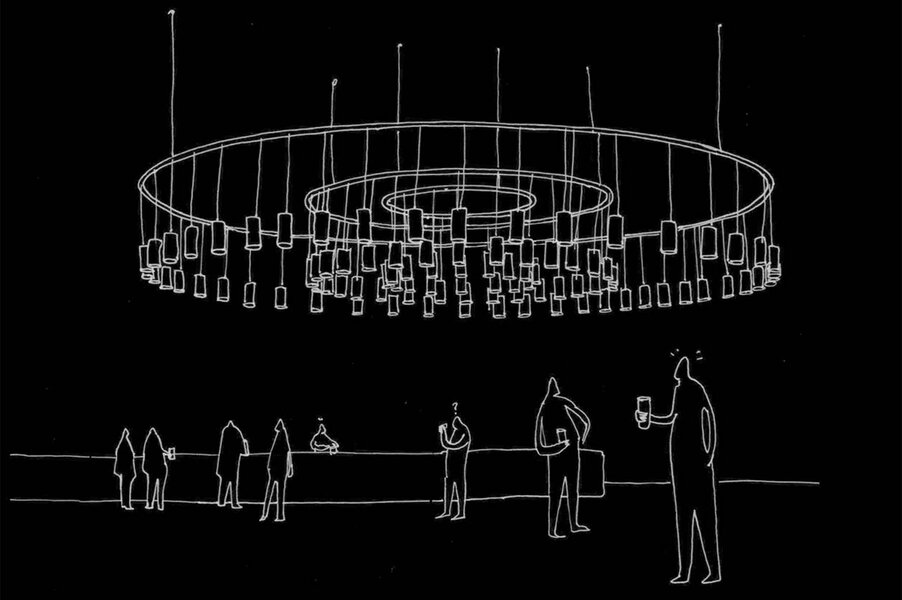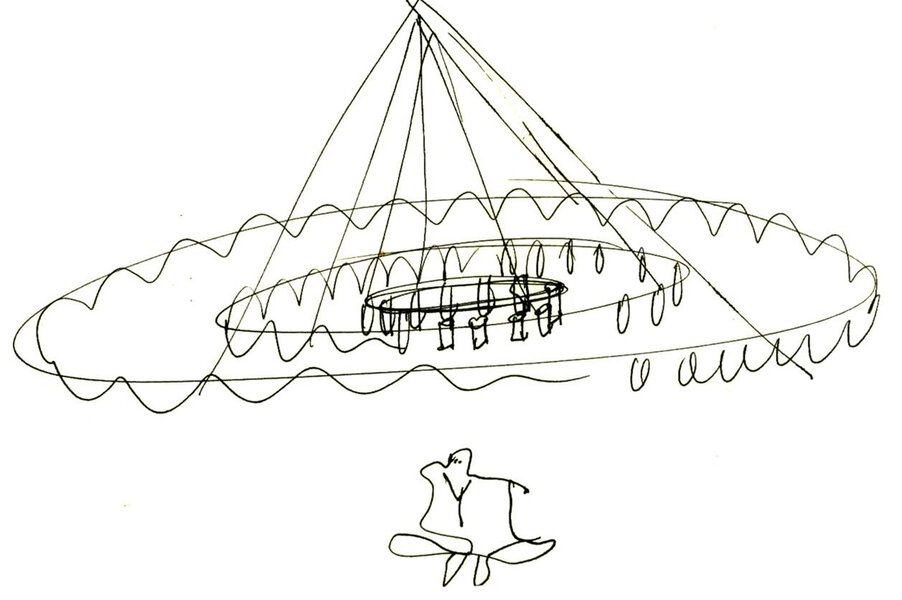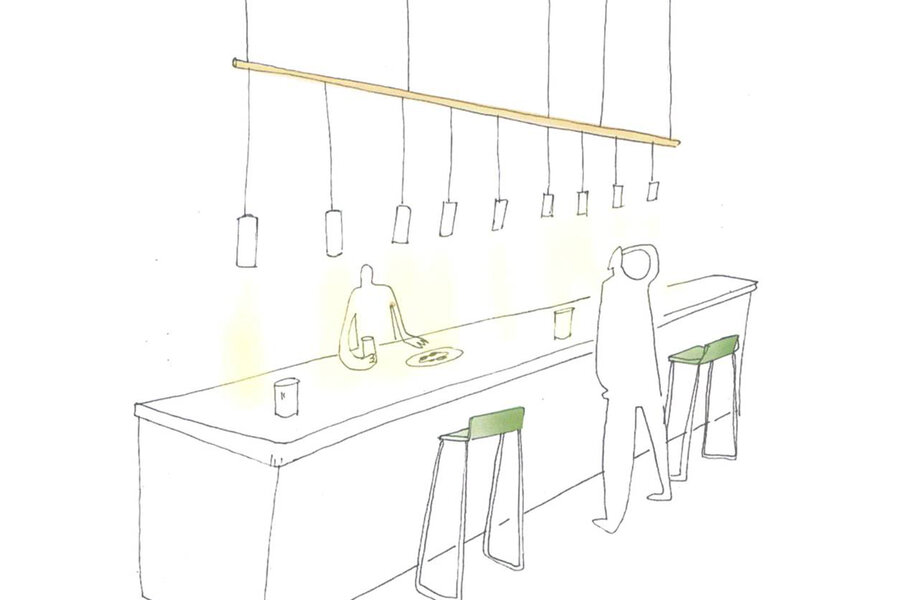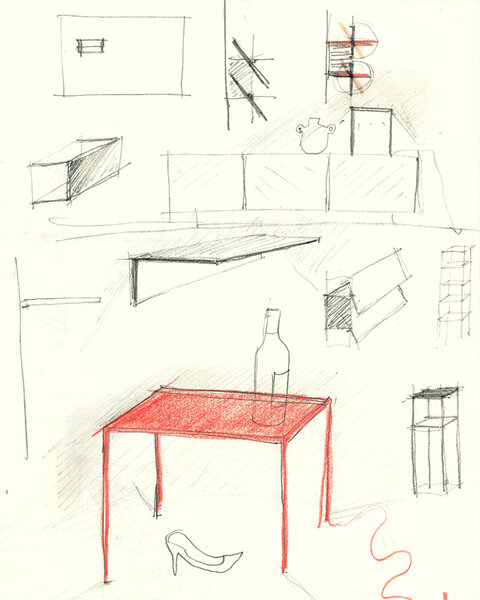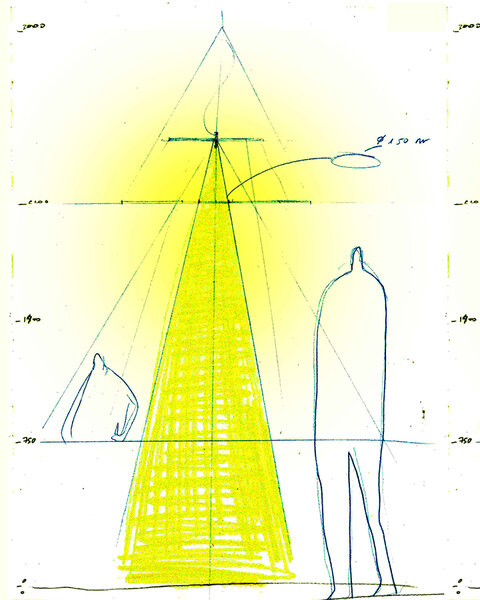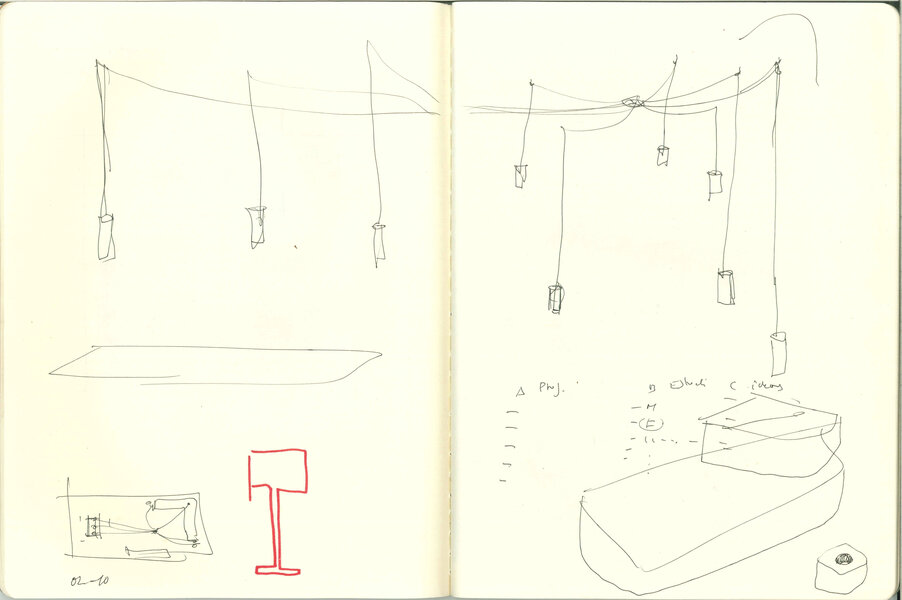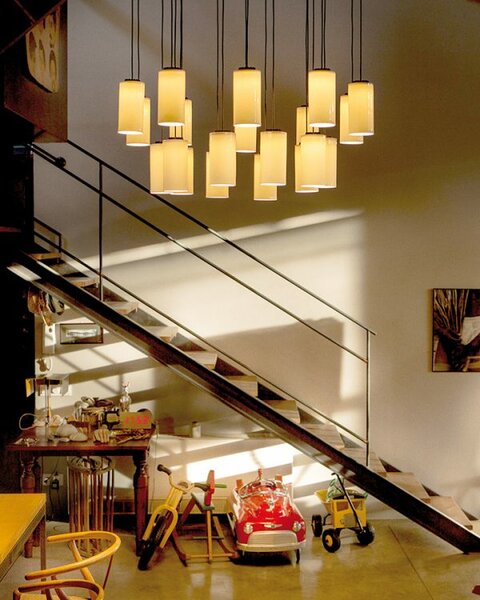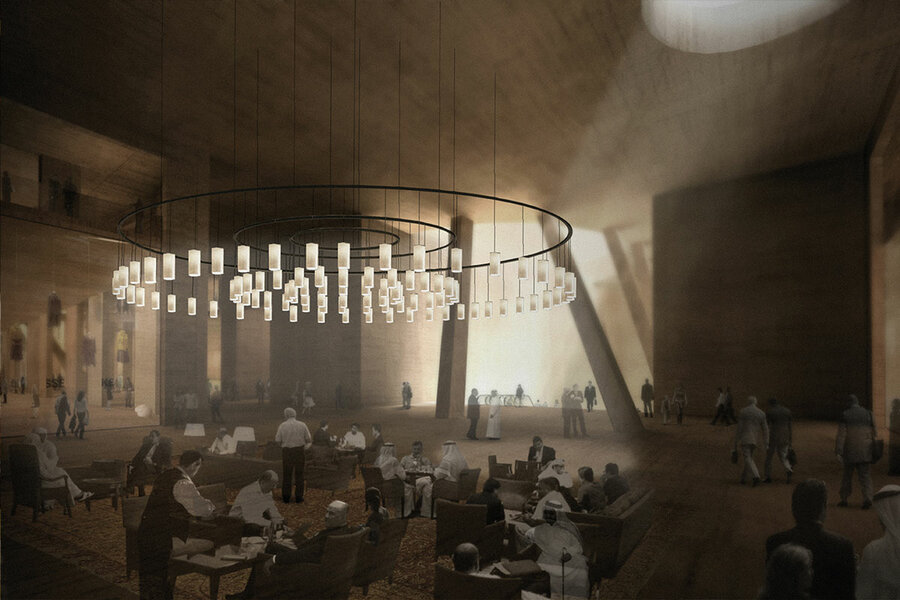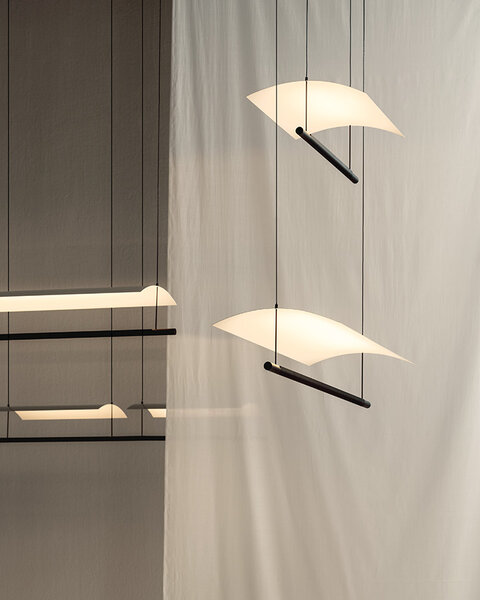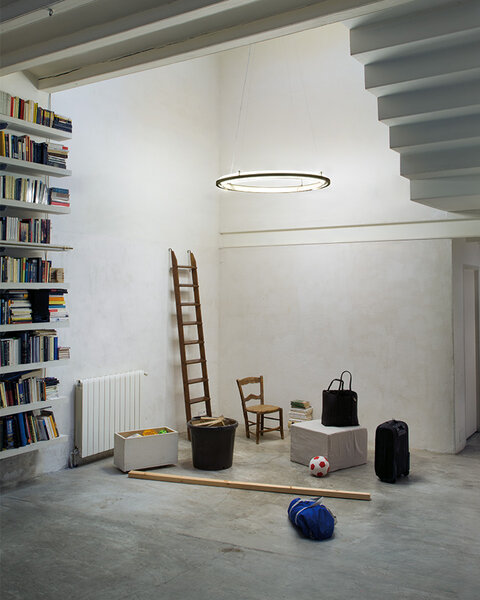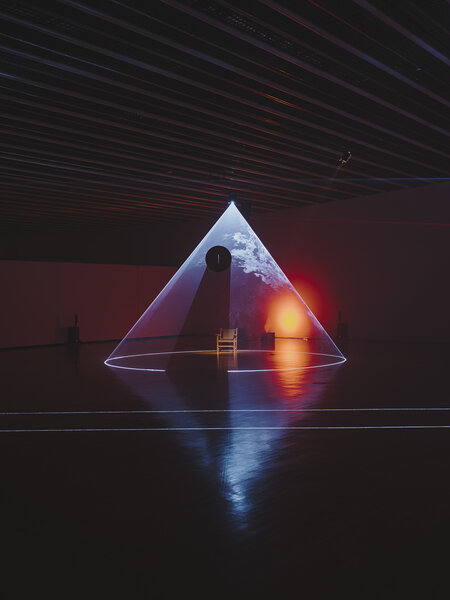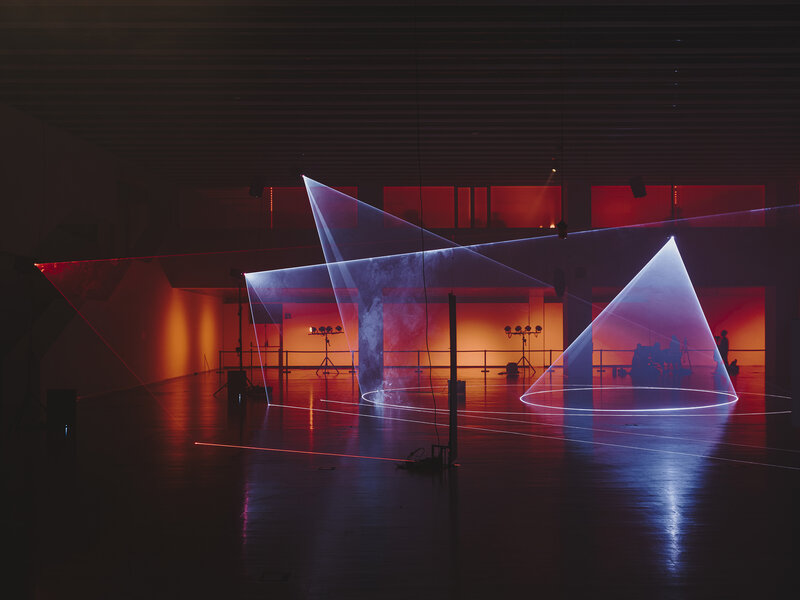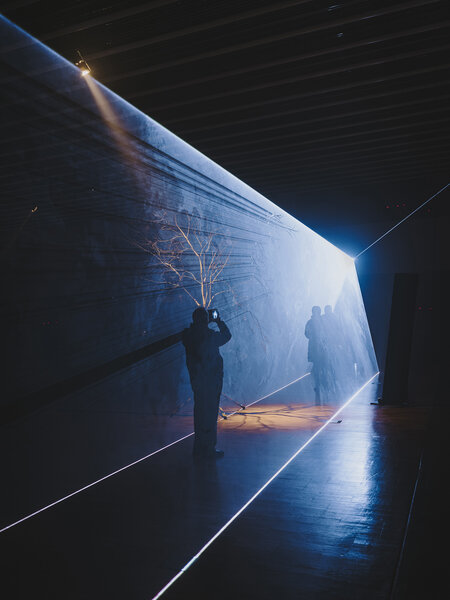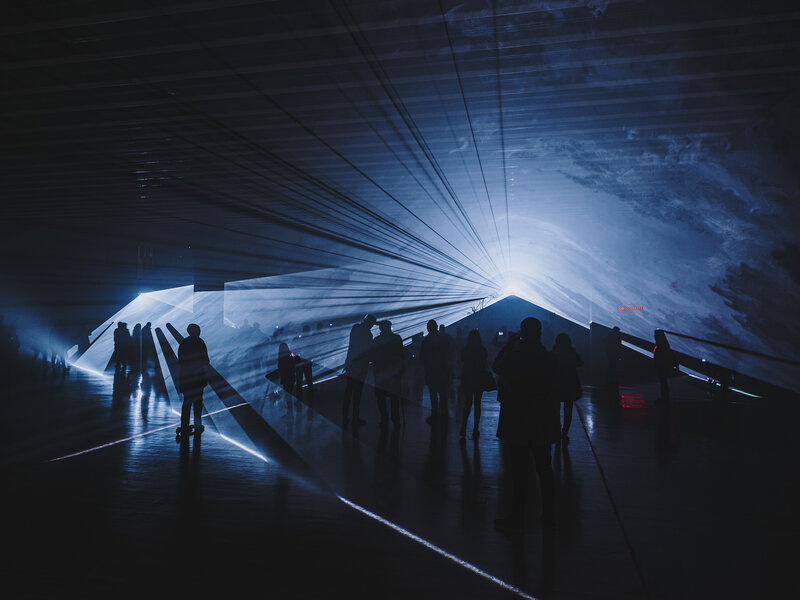Starting with far-off contexts, such as African and Japanese cultures, Antoni Arola is able to nurture conversations that captivate by their simplicity. A multi-disciplinary designer, distinguished by his genuine artistic intuition, which he embodies in his designs.
He and Queralt Garriga, who holds a PhD in Architecture, cast a look back at the last few years of Arola’s career. It is a story shaped by light and shadow that brings us closer to one of the most influential figures in contemporary design.
Toni, from the curiosity of an architect who develops projects, I have often wondered where different ideas come from. Enric Miralles used to say that he seemed always to be developing the same project … What is the origin of the creation of each piece?
They are usually my own proposals. And as you rightly say using Miralles phrase, the problem is always the same: What are we looking for at a particular time? And one expression that inspires me is “domesticating light.” Light is vital and basic, but can be aggressive, you have to domesticate it, you have to take it home. Hence the word “domus”. And that is always the challenge: how to take light home. From there on, I look for ways and excuses to do various projects, always pivoting on that same foundation or problem.
So your creative dialogue is always directly with light. For example, then, BlancoWhite and Nimba, where did they come from?
The truth is that both BlancoWhite and Nimba emerged from technology. Nimba was the first lamp I did for Santa & Cole, 25 years ago. It emerged at a time when there were no LEDs, and stemmed from an innovative system of continuous xenon bulbs that were used to illuminate façades such as that of the Louvre. What was new about Nimba was that the line of light was curved, the light went from a basic line to a curved line. In all likelihood, without this technical system I would not have been able to design the lamp. BlancoWhite, however, is one of the latest pieces and is based on a very innovative acrylic plate, with incisions and a perimeter LED. The light is emitted to the acrylic and is distributed uniformly.
BlancoWhite is a special case because it has so many applications.
That’s right, it’s a slender rectangle that provides light and can be employed in infinite ways. It used to be unimaginable that such a delicate structure could house a 5mm plane of light. And a whole new function of lighting emerged as a result. It is also the outcome of a moment, and what makes the lamp unique is its relevance over time and adaptation, as Nimba was with the advent of LEDs.
And, what about Cirio, was the origin different?
Yes, quite different. Cirio came from an interpretation and an exhibition I had in mind with my lamps. I wanted to change the “dress” of the circular lamps of the great mosques of Istanbul, Cairo and so on. I believed these lamps were ideal for illuminating large spaces. Nina Masó saw it and we did it for Santa & Cole. We wanted to bring in an interesting new material, which would give a good light for this lamp’s diffuser, and we ended up with the porcelain. I always say that my most recent works are fairly simple and obvious, they are archetypes that have been repeated and I translate them to the present time.
Tell me about your latest design for Santa & Cole, Lámina. What were your specific intentions with this piece? What kinds of spaces and uses is it meant for?
Lámina has the quality of the ethereal, it floats, the light source disappears. That makes it literally a slender sheet (the Spanish word for which is lámina) suspended in space, free, tremendously versatile. Lámina can be arranged along with many more of its kind, or completely on its own; it is quite versatile in this regard. Seen from that perspective, we might say it is a bit like a fish in water.
I understand that you are empowered by very personal stimuli fed by technology or references you may have. Then your imagination starts to glide. We could say that you work like an artist, with absolute creative freedom.
In some way, yes. In fact, I have many preserved projects that, because of their complex development, are not feasible. But then at some point I rescue them as I did with Lámina. This freedom is sometimes overwhelming due to the age we live in. There is much created, and it becomes harder to innovate. That is why it is essential to stay updated, reinterpret and emerge…
Having read the book you published, Cosas normales poco habituales (Unusual Everyday Things), which is a compilation of the ordinary objects around you, I’d say you’re more of a ‘finder’ than a ‘seeker’ of stimuli. In Robert Walser’s novel The Walk, the main character walks, observes reality and ‘finds’. The idea being that if you are constantly ‘looking’, you’re apt to miss a great deal of reality.
Yes, absolutely. Castilglioni, another great reader of objects, is also a great collector of information. There is a phrase from Nietzsche that helps me to describe myself: “Since I grew tired of the chase and search, I learned to find”. When people ask me how I create, there are two important terms: the first is to believe that you can do it and second is what I call “pantuflar” which is roughly equivalent to pottering about in my slippers. It means I’ll be in my studio just wandering around without looking for anything and usually with no specific purpose, just being there.
Nimba, Cirio, Lámina, BlancoWhite, once you’ve seen them installed in spaces, have you been led to new discoveries about their uses or perhaps spatial situations they cause?
Adaptation to spaces is always an interesting surprise, thanks to professionals like architects or interior designers who see where and how…things that, at the time of designing them, I could not so much as suspect. This is a very interesting feeling, as if the lamp had a life of its own.
Is a lamp always based on the light-shadow duality? I mean, when you think of a lamp do you think of an item from which light emerges and which casts a shadow?
Not as much as in architecture, if you compare lamps to windows. Indeed, thinking about how this domesticated light is able to fill spaces. There are times when, at home, you don’t need much light. And Santa & Cole knows this; in fact, its very first lamp was Colilla, a lamp that barely illuminated. I think light is more for ‘being’ and ‘co-existing’ than for precision work. It has to do with an atmosphere. Before the light, I start with the shadow: what light does is to give clarity. Then there is the combination of lights, giving ‘that’ ambience. Essentially, coexistence with other people, always in a pleasant and harmonious way.
Light is your raw material and then you think of the physical components.
That’s true, but I have the best raw material. Light is matter. It is the origin of everything: of the world, the Bible, life…In fact, I gradually entered the world of light without thinking, by intuition, as with everything I do. But it is the mother of all and working with it is a treasure. It is rather a game of provocation and response, concealing and revealing. I’ve found a good playmate.
The geometry of your pieces, such as Nimba, Cirio, Lámina, BlancoWhite…is very basic, with simple lines. Does this happen in all your creations or is it something more recent?
I think it happens in general, or so I hope. LEDs help me and allow a good amount of light to come out of something small. It helps me achieve this subtle and minimal language. Forgetting to seek, ceasing to think, leaving aside greater pretensions; that’s my meditation. And then when you see it you say: “It was so easy. Why didn’t I do this before?”
To conclude, you have mentioned the words “play” or “game” several times. You do not think of your work as a profession, do you? There is no suffering in your creative process.
Yes, you could say it is like child’s play. My designs are born of a personal desire and not an imposition, hence each is purposed to function as a durable archetype over time.
I have spent forty years designing lamps and spaces and sometimes I wonder what is my social contribution to all of this? I am interested in beauty and over the last few years I have related this to the awareness it generates in humans. So, I say to myself, maybe I can bring moments of awareness to humanity, and that soothes me.
Queralt Garriga holds a PhD in Architecture and is associate professor of architectural projects at Barcelona’s Escuela Técnica Superior de Arquitectura. She currently combines teaching at the university with her work as a consultant specialising in Architecture and Design. She was in charge of conducting this conversation. An interview that reveals to us something of Arola’s mentality, a peek into his creative process.
